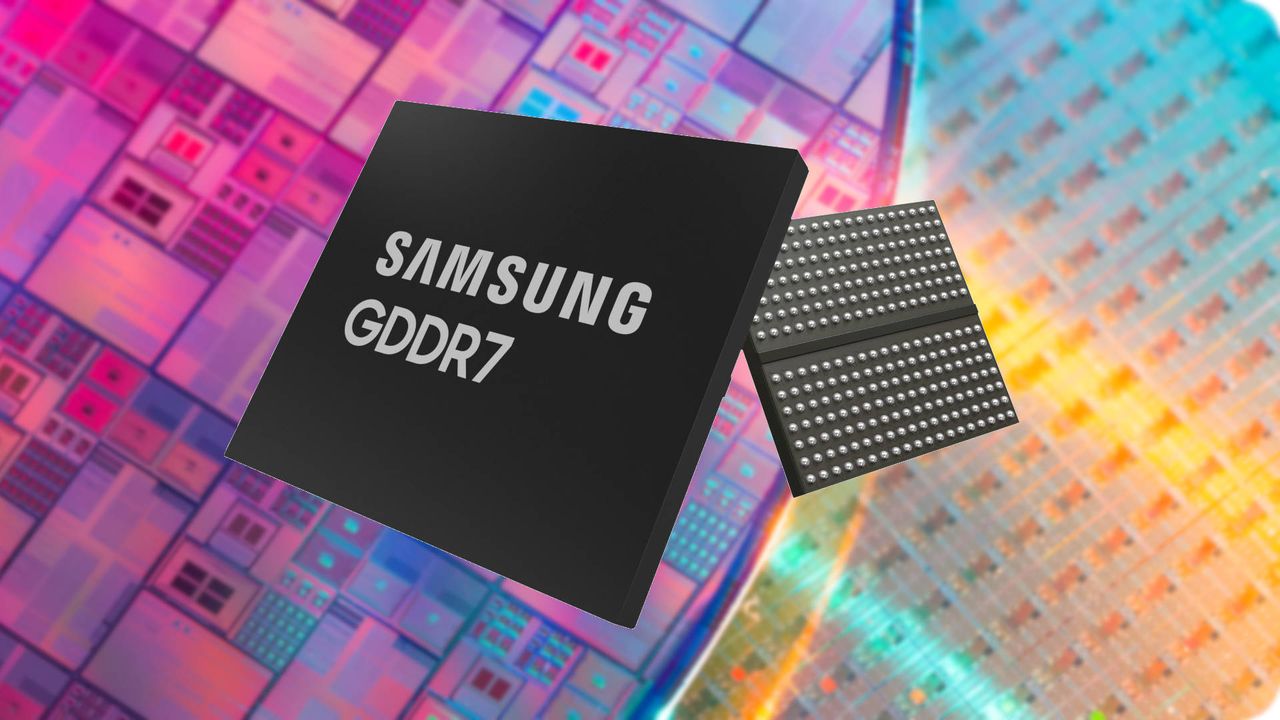Krispy Kreme's Magical Transformation: The Rise of Themed Doughnuts and Technology in Mergers and Acquisitions
Author: John Doe

Krispy Kreme, the beloved doughnut chain known for its delicious offerings, has recently announced a major menu change that is sure to excite fans of all ages. Set to launch shortly, a new limited-edition collection of doughnuts inspired by the world of Harry Potter will pay tribute to the iconic Hogwarts houses. These delightful treats will not only bring a taste of magic to the table but also showcase how food and fandom can create exciting consumer experiences.
Inspired by J.K. Rowling's rich universe, the collection features doughnuts themed around Gryffindor, Slytherin, Hufflepuff, and Ravenclaw. Each doughnut is crafted to reflect the characteristics and colors of the houses, tapping into the nostalgia and passion of Harry Potter fans. This innovative marketing strategy is aimed not only at boosting sales but also at enhancing the customer engagement experience, allowing fans to immerse themselves deeper into the Harry Potter world.

Krispy Kreme's new Harry Potter-themed doughnut collection.
The collaboration is a testament to how brands like Krispy Kreme are evolving in a competitive landscape where capturing consumer attention is more challenging than ever. By aligning their products with popular culture, Krispy Kreme is not just selling doughnuts; they are selling an experience. This reflects a broader trend in the food and beverage industry where thematic and limited-time offerings play a crucial role in attracting customers.
However, the merging of creativity and business strategy is not limited to the food industry. In the realm of technology and business, mergers and acquisitions (M&A) have become increasingly intertwined with IT considerations, raising questions about how technology can facilitate and accelerate these processes.
In a recent article, Mike Glover, an experienced IT architect, discusses the integral role technology plays in the M&A space. He emphasizes that technology must be included in the M&A conversation, as it is central to identifying risks, especially in evaluations of the target company’s technical architecture. By embedding IT considerations into M&A strategies, companies can mitigate risks that could lead to costly pitfalls. This approach has gained traction in recent years, with enterprises recognizing that understanding technical debts and data quality issues can significantly influence deal prices.
Mergers and acquisitions are complex processes that require cooperation across various departments—legal, financial, and technical. Glover argues that often the language of IT, laden with jargon, creates barriers to effective communication among these departments. In his experience, the insights provided by IT professionals can directly translate into financial terms that are crucial for decision-making during M&A.
This evolving dynamic highlights a shift in thinking—companies are increasingly realizing that technology isn’t just a support function, but rather a strategic asset that can drive M&A success. As innovations such as artificial intelligence and machine learning continue to shape the business landscape, the need for technology-focused M&A strategies will only grow.
While Krispy Kreme captures the creative spirit of consumer engagement, tech companies like Samsung are leaning into high-bandwidth memory (HBM) technology to redefine their operational framework and product offerings. Samsung has recently signaled its intention to cut back on traditional foundry costs in favor of HBM, a move that illustrates the broader trend of prioritizing cutting-edge technology that offers competitive advantages in the AI computing space.
The interplay between creativity in marketing and strategic IT investment parallels how companies should approach the changing business landscape. For instance, as Krispy Kreme utilizes the Harry Potter phenomenon to attract customers, tech companies are leveraging advanced technologies to drive efficiencies and differentiate themselves in the marketplace. Both approaches highlight the importance of understanding consumer behavior and market trends in an era where novelty and innovation can lead to significant wins.

Samsung is transitioning to HBM technology for AI computing initiatives.
As technology continues to evolve, so too must the strategies of businesses looking to thrive. Whether it's through innovative product offerings like Krispy Kreme’s Harry Potter-themed doughnuts or through the technology-centric strategies employed in mergers and acquisitions, the ability to adapt and recognize the value of technology in business decision-making is critical.
Looking ahead, it is clear that both food and technology industries must remain agile, engaging with their respective customer bases while continuing to utilize advanced technologies to enhance their capabilities. Just as Krispy Kreme looks to draw in Harry Potter enthusiasts, businesses must leverage their unique strengths to stay relevant—and technology is the bridge that allows them to do this.
In conclusion, the fusion of pop culture and culinary creativity exemplified by Krispy Kreme’s new doughnut collection serves as a reminder of the importance of innovation in consumer-centric industries. Similarly, the evolving role of technology in M&A emphasizes that understanding and integrating technological insights into business strategies can lead to success. As we navigate an increasingly complex business environment, balancing creativity with technological advancement will be essential for continued growth.